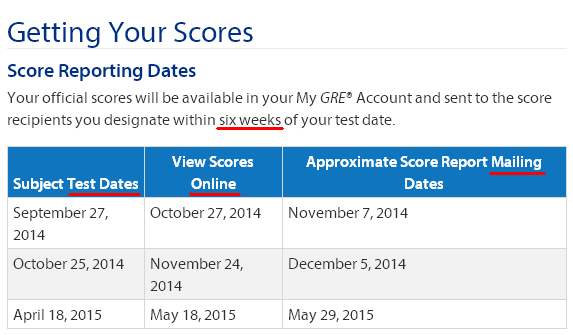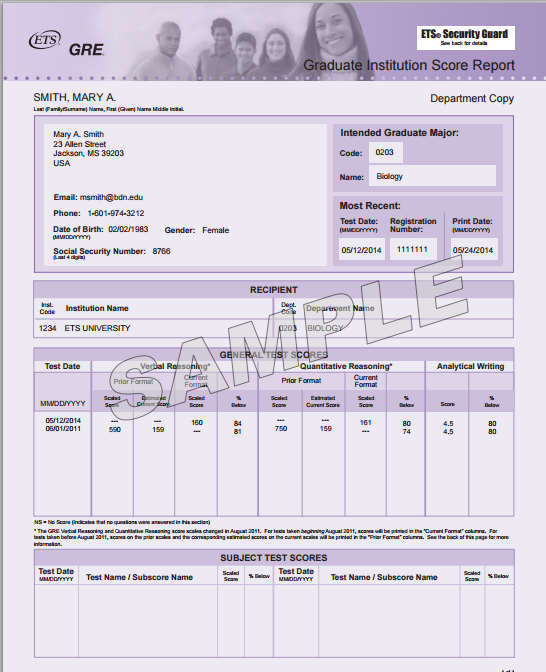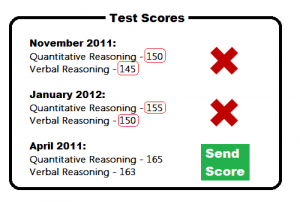
The application season for Fall 2022 is at its peak, and we know that many students have doubts about sending free and additional scores to the universities. Here’s what our experts at the Academy have to say about the most common questions on score reporting for the GRE/IELTS/TOEFL tests.
1. What is free score reporting?
At the time of the GRE and TOEFL tests, you can mention the names of four universities and its departments for sending scores as a part of your test fee without any additional charges. It is called free score reporting. Likewise, at the time of the IELTS test, you can mention the names of five universities for free score reporting.
2. How much will it cost to apply to universities other than the four mentioned for free score reporting?
If you apply to universities other than these four, you will have to request additional score reports by paying charges to ETS, Princeton. The additional score report for GRE will cost $27, and for the TOEFL, it will cost you $20 per university.
3. What is the additional score reporting fee for the IELTS?
The additional score report for IELTS will cost you Rs 250 (for online) and Rs 1500 (by courier through IDP website)
4. When should I send my test scores to the universities?
Once you have finalized the universities, send your score reports. They take around 7 to 15 days to reach the universities so you need to send them well before the deadlines.
5. Do I need to send my scores to universities offering GRE waivers?
No, you need not send your scores officially but you can upload the score card with the online applications.
6. Should I send the GRE score report directly to the university or through the ETS?
Some universities ask you to upload a scorecard at the time of the application and once you receive the admits, they ask you to submit the scores through the official ETS website.
7. How to send the score reports of the TOEFL?
For the TOEFL, the majority of the universities require you to submit the scores only through the official ETS website.
8. How long are my GRE scores reportable?
The GRE scores are reportable for five years following the test date. 9.
9. How can I order additional score reports?
Additional score reports can be ordered either online, through your official ETS account, by mail, or by fax.
10. Can I pay for these score reports through a debit card or online transfer?
Yes, you can pay through Credit Card, Debit Card, and PayPal. But we recommend you to pay through Credit Card.
For any additional questions or guidance related to sending your scores, filling out the applications, and financial documentation, you can seek help from our experts by enrolling for our admission counselling services today! You can also drop us an email at support@dilipoakacademy.com and we will get back to you!
As India’s leading Study Abroad Consultant, Dilip Oak’s Academy offers a comprehensive suite of admission counseling services that can guide you through the entire process from Shortlisting Universities to Visa Counseling. With our expertise, we have successfully sent 32,000 students to various prestigious American universities like MIT, Stanford, Cornell, and Carnegie Mellon. We also offer classroom and online coaching for GRE, TOEFL, and IELTS, as well as GRE Self Prep. To explore our services, book a free consultation or call us at 91-20-67444222.










